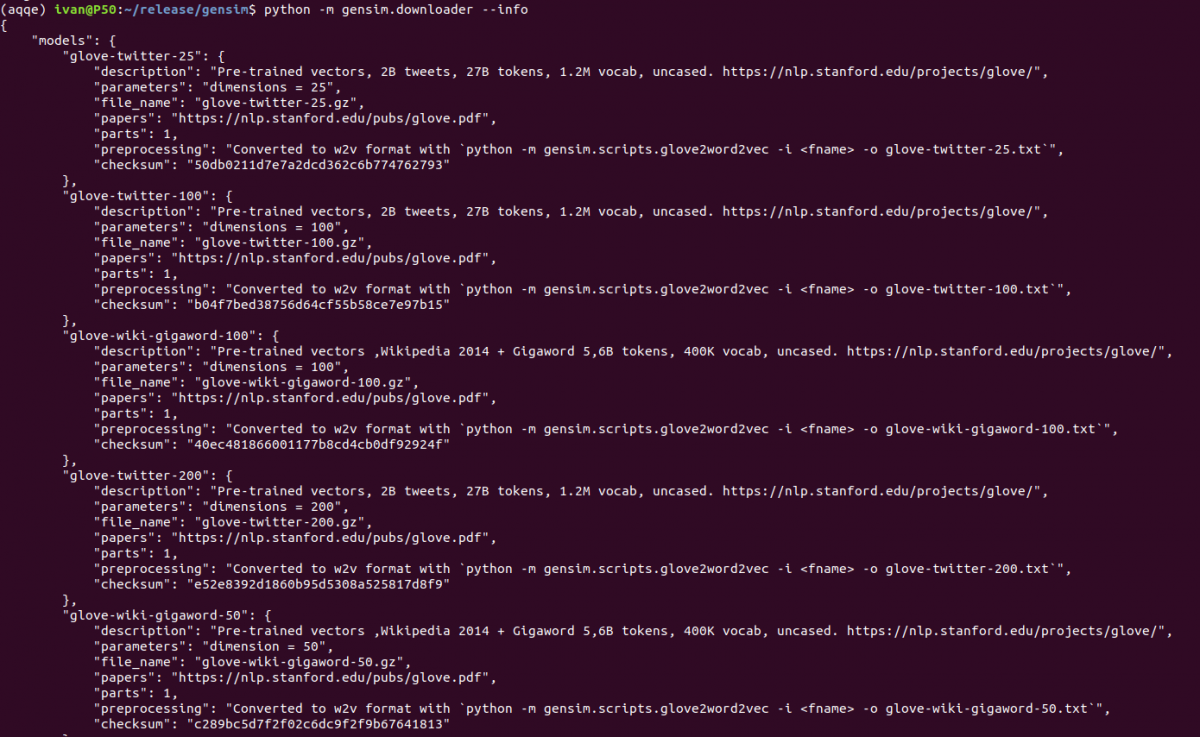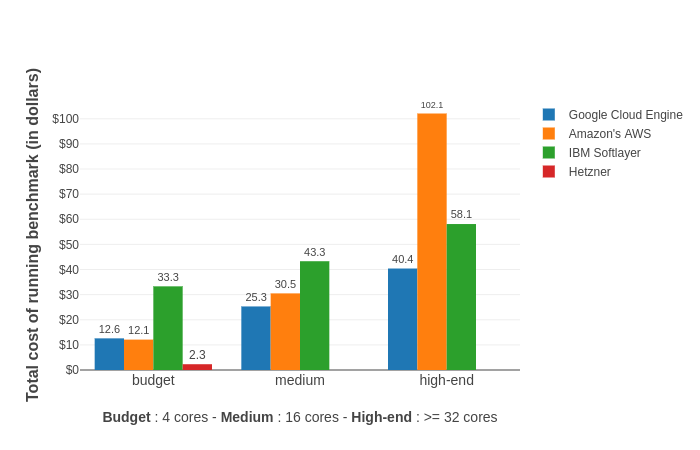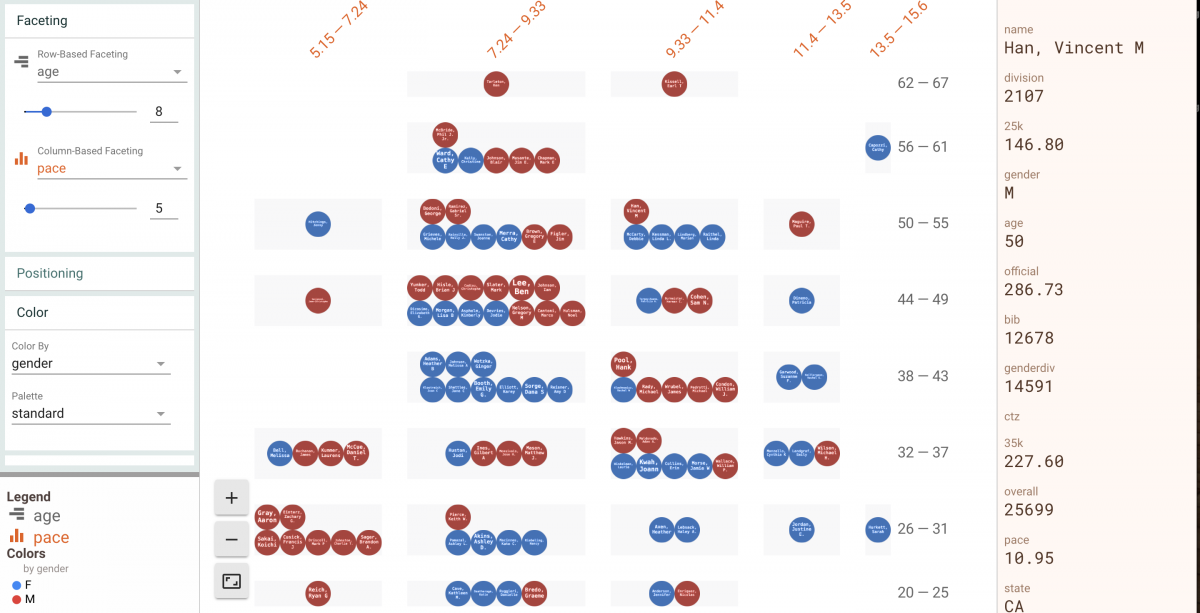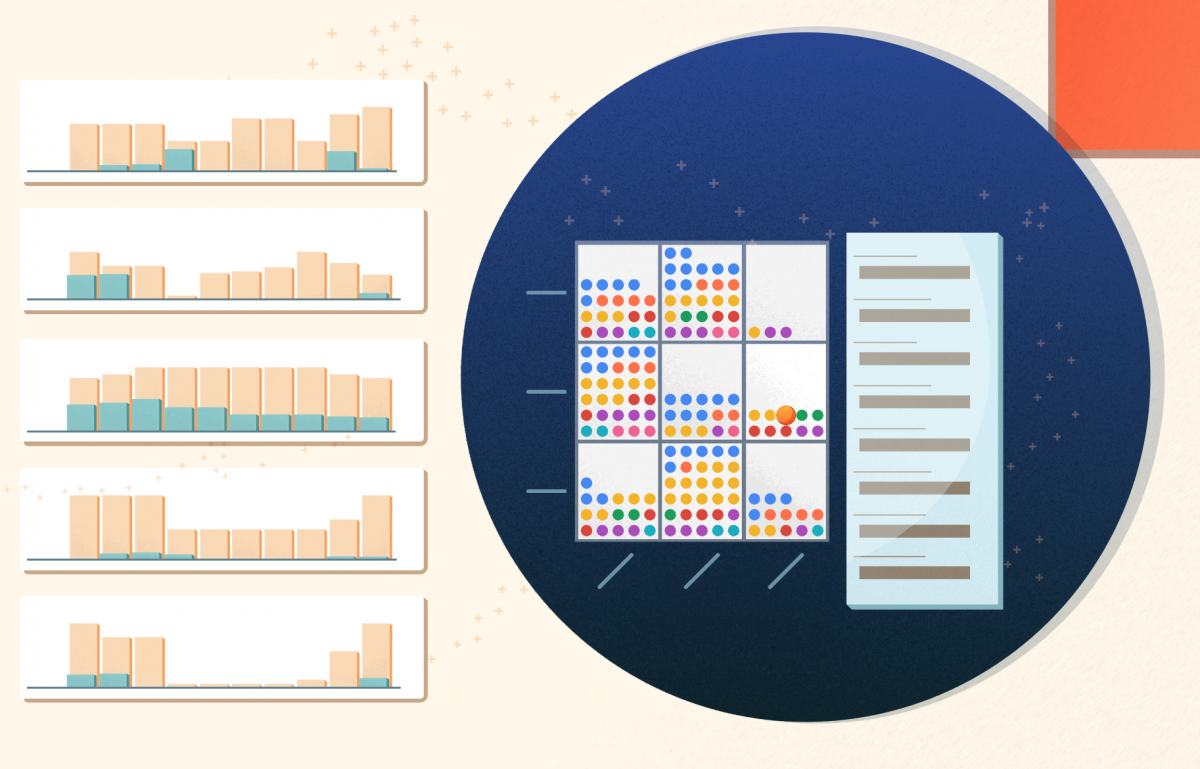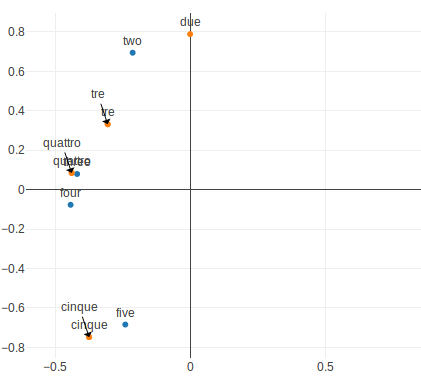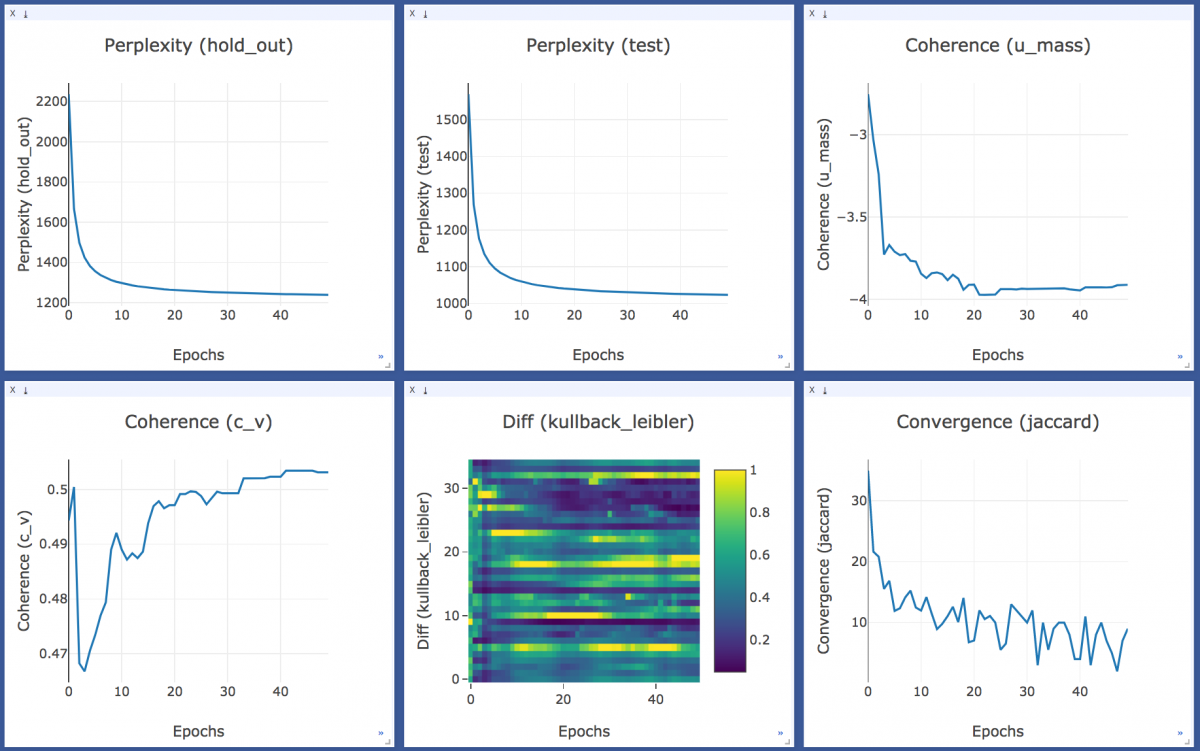There’s no shortage of websites and repositories that aggregate various machine learning datasets and pre-trained models (Kaggle, UCI MLR, DeepDive, individual repos like gloVe, FastText, Quora, blogs, individual university pages…). The only problem is, they all use widely different formats, cover widely different use-cases and go out of service with worrying regularity. For this reason, we decided to include free …
Machine learning benchmarks: Hardware providers (part 1)
The rise of machine learning as a discipline brings new demands for number crunching and computing power. With easily accessible and cheap hardware resources, one has to pick the right platform to run the experiments and model training on. Should you use Amazon’s AWS EC2 instances? Or go with IBM’s Softlayer, Google’s Compute Engine, Microsoft’s Azure? How about a real …
The Mummy Effect: Bridging the gap between academia and industry (PyData keynote)
Last month, I gave a keynote at PyData Warsaw about the existing (and growing) gap between academia and industry, specifically when it comes to machine learning / data science. This is a topic close to my heart, since we’ve operated in that no-man’s land where academia and industry collide for a living for 7 years now. Between running our Student …
Sharing Facets Dive Visualizations
In my previous post I talked about Facets Dive – an excellent visualisation tool from Google PAIR for data scientists. Now that you have created beautiful interactive charts from your data analyses and machine learning experiments, you may want to share them with your non-technical colleagues or customers, simply and securely.
Counting Efficiently with Bounter pt. 1: HashTable
Have you heard about the new open source Bounter Python library in town? In case you can’t wait to use it in practice but are wary of its “frequency estimation”, and what kind of results you can expect, this series of blog posts will help you develop the right intuition. It is split into two parts, one for each of …
Data analysis in Python: Interactive confusion matrix with Facets Dive, Pandas, Scikit-learn
The Facets project by Google’s “People+AI Research Initiative” (PAIR) offers two open source visualization tools for data analytics – Facets Overview and Facets Dive. Today, we are going to look at Facets Dive and demonstrate how to use it for an interactive confusion matrix for a multiclass classification problem using Python, Pandas and Scikit-learn.
Translation Matrix: how to connect “embeddings” in different languages?
This is a blog post by one of our Incubator students, Ji Xiaohong. Ji worked on the problem of aligning differently trained word embeddings (such as word2vec), which is useful in applications such as machine translation or tracking language evolution within the same language.
Chinmaya’s GSoC 2017 Summary: Integration with sklearn & Keras and implementing fastText
This blog summarizes the work that I did for Google Summer of Code 2017 with Gensim. My work during the summer was divided into two parts: integrating Gensim with scikit-learn & Keras and adding a Python implementation of fastText model to Gensim. Gensim integration with scikit-learn and Keras Gensim is a topic modelling and information extraction library which mainly serves unsupervised …
Parul’s GSoC 2017 summary: Training and Topic visualizations in gensim
This blog post summarizes my work done during the Google Summer of Code 2017. My task was to implement topic modeling visualizations which could help users to interactively analyze their topic models and get the best out of their data. I worked on adding two types of visualizations: 1. To monitor the training process of LDA with the help of …
Semantic Search Using a Fulltext Engine Presented at ACL 2017
Some of our consulting tasks keep on repeating, hinting at a wide-spread pain point across our clients and industries. One of them is looking for meaningful nuggets of information in large unstructured document databases. How do you extract actionable insights and relationships from messy datasets, such as Customer Support records? How about financial reports, or job CVs? Are you still …
 RARE Technologies
RARE Technologies